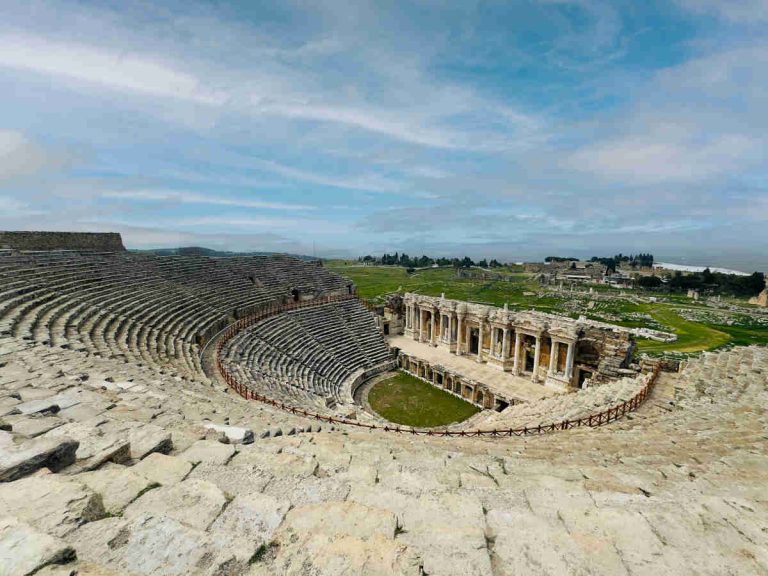As you may know, drinking tea in Muslim countries is much more than consuming a delicious beverage, usually hot. In reality, it’s a gesture of respect and friendship, often accompanied by a ritual or, at the very least, a certain protocol in its preparation and serving. It’s interesting to note that in each country (and even in each region), the traditional tea of reference is different. Therefore, without attempting to create a complete guide about this beverage, we highlight some of the most important teas in Muslim countries, specifically in some of the countries in our agency’s catalog, where they are a key part of their cuisine.
Mint Tea in Morocco
Moroccan tea, often also called Moorish tea, is the national drink in Morocco. It’s a green tea, as its main ingredient is Chinese green tea (gunpowder type). But what really makes it different is the use of mint or peppermint in the final steps of preparation, when the tea has already steeped and the sugar has been dissolved, in such a way that the drink acquires this refreshing and genuine nuance. While many brands sell Moroccan tea already prepared, with a blend that includes mint or peppermint, ideally, whole leaves should be added in that final step.
Çay or Turkish Tea in Turkey
Although Turkish coffee is often considered the national drink of the country, Turkish tea (çay) has a similar level of social importance. In this case, it’s a variety of black tea: this tea uses the same plant as green tea (Camellia sinensis), but it has undergone a longer oxidation process beforehand. Hence its darker color and also its higher caffeine levels. But for it to be truly considered Turkish tea, this black tea must have been grown in Rize, on the Black Sea coast. Additionally, another distinguishing detail is its preparation in a double teapot (a lower and an upper one). In this case, each person can prefer a denser or lighter tea, depending on the mixture of tea and water that is served at the end, in a transparent glass. Depending on this, the color will also vary between a darker or lighter reddish-brown.
Karkade, carcadé, karkady or bissap in Egypt
All the previous names are different ways of referring to the same tea, typical of Egypt. And although it’s often called ‘Egyptian tea’, it actually doesn’t use Camellia sinensis as its main ingredient, but dried hibiscus flowers, with a characteristic red color that transfers to the drink. According to tradition, these flowers should be hand-picked and left to dry in the sun in the White Desert. One of the peculiarities of this infusion is that it can not only be taken hot but also cold (then, it’s called einab), after letting it cool to room temperature and then a couple of hours in the refrigerator. In that case, you can even add an ice cube.
Bedouin Tea in Jordan
The typical tea of Jordan often receives the name of Bedouin tea, as it’s associated with this important ethnic group in the country. Like Turkish tea, its base is black tea, but with an important difference: before steeping, sage is added to the boiling water, giving it a characteristic touch. Additionally, it’s common to flavor it with other natural ingredients, such as cinnamon or cardamom, so you can find different results depending on the region or the place where you drink it.




